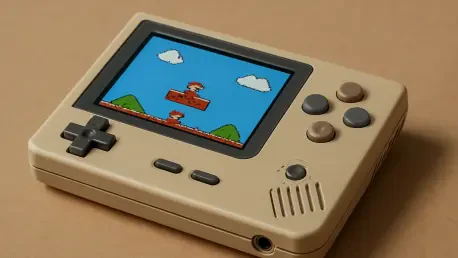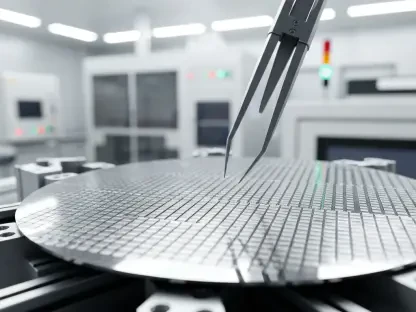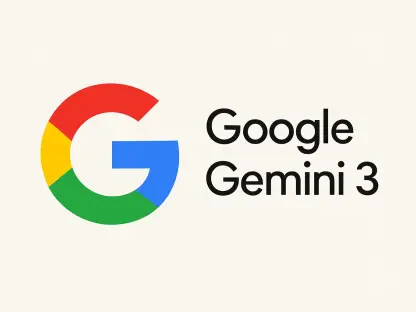Imagine stepping back into the pixelated worlds of childhood, where every jump, punch, and power-up felt like a monumental achievement, and now picture a device that brings those moments to life in the palm of your hand. Retro gaming has seen a massive resurgence, with enthusiasts craving devices that can authentically recreate those nostalgic experiences. Amid this wave of nostalgia, a new contender has emerged in the handheld gaming market, promising to deliver classic gaming in a compact, affordable package. This roundup gathers opinions, tips, and insights from various sources in the gaming community to explore the buzz surrounding Ayaneo’s latest retro-focused handheld. The purpose is to provide a comprehensive look at how this device is perceived, its standout features, and whether it meets the expectations of retro gaming fans.
Community Buzz on Retro Gaming Revival
The retro gaming scene has exploded in recent years, driven by a longing for simpler yet challenging gameplay that defined earlier decades. Community forums and social media platforms are abuzz with excitement over new hardware designed specifically for emulation. Many gamers express a desire for devices that not only play classic titles but also replicate the look and feel of original consoles, making Ayaneo’s entry into this niche particularly timely.
Feedback from online discussions highlights a split in priorities among retro fans. Some emphasize the importance of authentic display ratios and control layouts, while others focus on performance and software compatibility. This diversity of opinion sets the stage for evaluating how Ayaneo’s latest device addresses these varied expectations, with early impressions suggesting a strong focus on visual fidelity.
A recurring theme among retro gaming advocates is affordability. Numerous community members note that high-end handhelds often price out casual players, creating a demand for budget-friendly options. Insights gathered from gaming subreddits and Discord channels indicate that Ayaneo’s pricing strategy could be a game-changer, positioning the device as an accessible entry point for many.
Key Features Through the Lens of Gamers
Display Authenticity: A Nostalgic Win?
One of the most talked-about aspects of this handheld is its 4.2-inch 4:3 aspect ratio screen, a feature that has garnered significant praise across gaming blogs and forums. Reviewers and early testers point out that this design choice eliminates the annoying black bars often seen when playing retro games on modern widescreen devices, delivering a true-to-era visual experience.
Technical specifications like the 1280×960 resolution, 60Hz refresh rate, and 500 nits brightness have also impressed tech enthusiasts. Comments from display-focused communities highlight the 123% sRGB coverage and professional calibration as standout elements, ensuring colors pop with accuracy. However, some users question if this heavy emphasis on screen quality might overshadow other critical areas like battery life or processing power.
Differing views emerge on whether this display truly hits the mark for all retro fans. While many celebrate the nostalgic aspect ratio, a smaller group argues that a slightly larger screen could enhance visibility without sacrificing authenticity. This debate underscores the challenge of balancing tradition with modern usability in retro hardware design.
Performance Power: Sufficient or Subpar?
Powering the device is the MediaTek Helio G90T processor, a choice that has sparked varied reactions within the emulation community. Many gamers on tech review platforms agree that this chip, though not cutting-edge, handles classic game emulation smoothly, covering titles from older consoles without noticeable lag or stuttering.
The inclusion of active cooling via a built-in fan has been a pleasant surprise for users concerned about overheating during long play sessions. Feedback from beta testers shared in online threads suggests that this feature effectively prevents thermal throttling, maintaining consistent performance. Yet, some tech analysts note that the fan noise might be a minor annoyance in quiet environments.
A point of contention is the decision to use a slightly dated processor. While budget-conscious players appreciate the cost savings, performance-driven enthusiasts argue that a newer chip could future-proof the device for more demanding emulators. Comparisons to competitors with similar pricing often surface, with opinions split on whether the trade-off in power aligns with the device’s retro-specific focus.
Portability and Design: Comfort on the Go?
Portability is a major selling point, with the handheld’s compact size—6.5 inches wide and weighing just 269 grams—earning accolades from travel gamers. Community posts frequently mention how easily it slips into a pocket or bag, making it an ideal companion for commutes or quick gaming breaks during the day.
Control features like RGB Hall effect joysticks, Hall triggers, and conductive rubber buttons have received positive nods for precision and responsiveness. Ergonomic reviews shared in gaming groups emphasize user comfort during short bursts of play, though some users with larger hands report mild cramping after extended use, suggesting a potential design limitation.
Battery capacity at 4500mAh has sparked curiosity, as runtime specifics remain unclear in early discussions. Forum contributors express concern that the lightweight build might compromise endurance for marathon sessions. Tips from seasoned handheld users include carrying a portable charger as a precaution, reflecting a practical approach to potential design constraints.
Software Experience: Modern Meets Retro?
Running on Android 11 with a custom overlay tailored for retro gaming, the software setup has been a focal point for discussion. Emulator enthusiasts across platforms commend the streamlined access to game libraries and popular emulation apps, noting that the interface feels intuitive for both newbies and veterans.
Connectivity options such as USB-C, microSD expansion, Wi-Fi 5, and Bluetooth 5 are seen as adequate for modern needs, with community tips focusing on using microSD cards for expansive retro game storage. However, some tech reviewers point out that Android 11 feels somewhat outdated, raising questions about long-term support and compatibility with newer apps.
Speculation abounds regarding potential software updates or community-driven enhancements. Many users in retro gaming circles suggest that an active modding scene could extend the device’s relevance, with some already sharing custom firmware ideas. This optimism reflects a belief in the community’s ability to adapt and improve upon the base software experience.
Market Position: Standing Out or Blending In?
Affordability remains a key strength, with pricing starting at $70 for the 2+32GB variant and $80 for the 3+64GB model, a range that has excited budget gamers. Opinions collected from deal-hunting communities praise this accessibility, especially when compared to pricier alternatives, positioning the device as a top pick for casual retro fans.
Advice for potential buyers varies depending on usage needs. Tech vloggers recommend the higher storage option for those planning to load extensive game collections, while forum posts suggest pairing either variant with cloud storage for backups. These tips aim to help users maximize their retro gaming setup without overspending.
Integration into daily routines or travel plans is another hot topic. Community suggestions include using the handheld during downtime at work or on public transit, with some advocating for protective cases to maintain its lightweight build. Contrasting views on its role as a primary versus secondary device highlight its versatility for different types of gamers.
Ayaneo’s Impact on Retro Hardware Trends
Reflecting on the niche demand for nostalgia-driven hardware, many in the gaming sphere see Ayaneo’s launch as a reinforcement of the growing interest in specialized devices. Discussions often center on how this handheld caters specifically to a dedicated audience, carving out a unique space in a market dominated by general-purpose systems.
The significance of an affordable, retro-focused device is widely acknowledged in community retrospectives. Analysts and enthusiasts alike note that Ayaneo’s direction signals a broader shift toward segmentation in the handheld market, where tailored experiences trump one-size-fits-all solutions.
Looking back, the insights gathered point to actionable next steps for retro gaming fans. Exploring similar niche devices or diving into emulation communities for software tweaks are popular recommendations. Additionally, keeping an eye on Ayaneo’s future releases offers a pathway to stay ahead of evolving trends in retro hardware, ensuring gamers can continue reliving classic moments with modern convenience.









